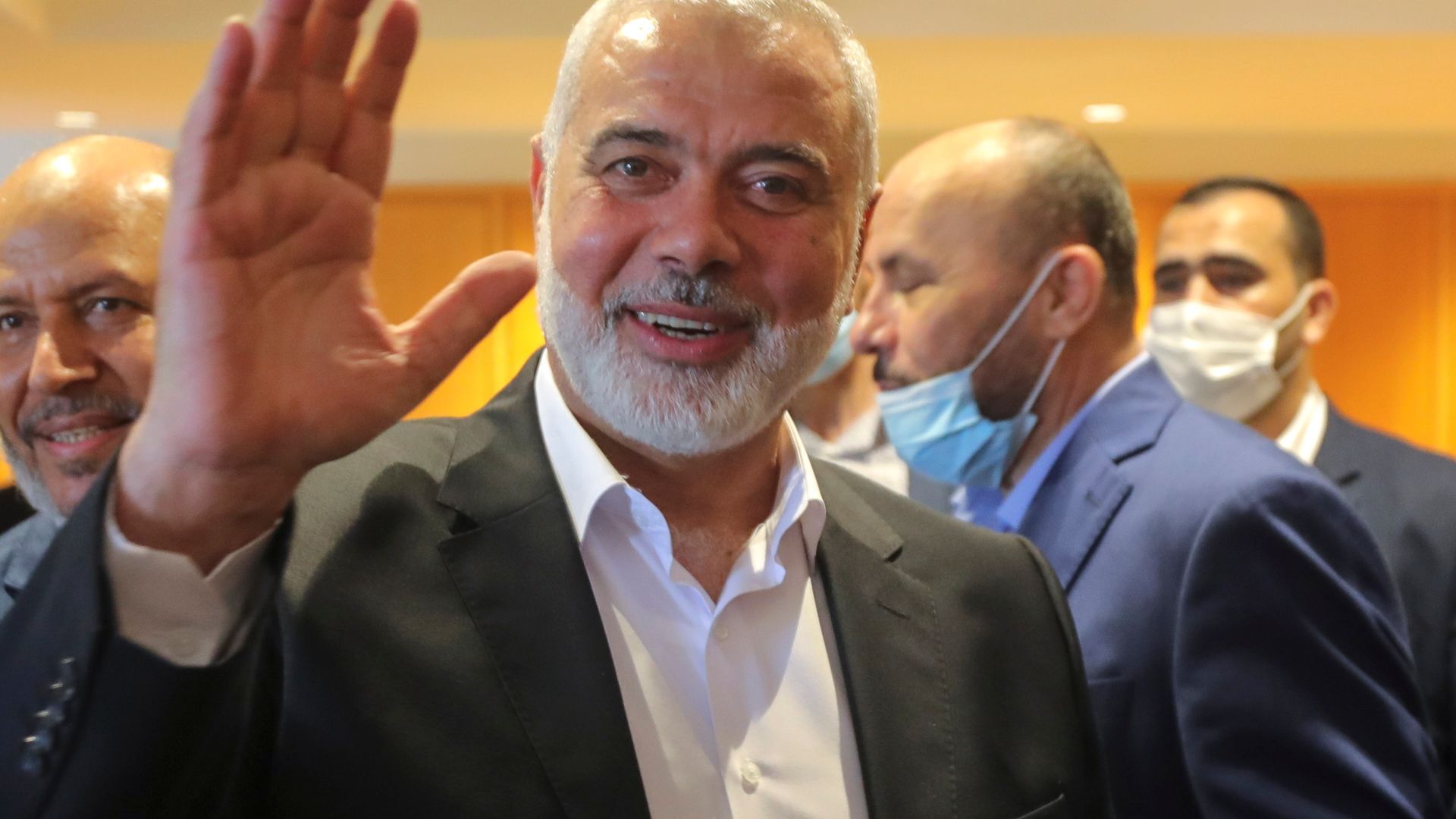
On the morning of July 30th, Ismail Haniyeh, the leader of Hamas, went to the swearing-in-ceremony of Iran’s new president–where legislators could be heard shouting death to Israel and death to America. These are the last images of Haniyeh because he’s dead now. killed in a surgical strike while in Tehran.
Israel didn’t immediately claim responsibility for the assassination, which isn’t surprising, at least not according to Avi Melamed, an Israeli author, educator, and former intelligence officer.
“Look, let’s assume that Israel is behind it. Let’s assume Israel is the one behind it. Obviously, I mean, carrying out something like that indicates a lot of a very advanced capacities are in terms of intelligence, in terms of accuracy, in terms of level of operational coordination that it requires because there are obviously many, many different moving parts that when you do something like that, so again, I don’t want to say term victory. but I would say this is a significant expression of might that resonants and echoes across the region if you would like to put it this way.”
Haniyeh was killed less than 24 hours after another Iranian-backed terror leader was killed in Beirut. Fuad Shukr was Hezbollah’s top military commander in Lebanon, second only to the group’s leader, Sayyed Hassan Nasrallah. The US government put a $5 million bounty on Shukr for his role in the 1983 bombing of a US Marine barracks that killed 220 marines, 18 sailors, and three army soldiers.
“When you take someone you like, the level of Fuad Shukr for example, of Hezbollah, you definitely you hit what we call a focal center of knowledge, meaning a person that in the context of the organization is a very significant component because the knowledge, the experience, the capacities, the skills, and so on, and so on. so in that regard, of course, it’s very, very significant. The same applies for Hamas and Haniyeh, particularly not from the operational perspective but more from the organizational perspective. We have to remember that Hamas, other than its militant capacities and operation, is a political movement, ideological movement, and also a multibillion-dollar organization that runs businesses across the world. Haniyeh was a very significant component in that regard in his position as the head of the political bureau of Hezbollah, or of Hamas, and so, yes, to a certain extent, when you hit such people, definitely there is some immediate ripple effect inside the organization.”
Melamed says the timing of the two strikes is also significant. It sends a clear message to Iran that Israel is ready to set the pace now.
“Because up until now, the Mullah regime basically was the one that was distributing the cards, sort of speaking. The mullah regime holds the cards he, you know, control the pace of the events, the trajectory, the dynamic, the momentum, at will. And now, in a way, I think that these two events that again, in my view, are not apart one from the other; they are intertwined. I think that’s basically a message from Israel to Iran. It actually says we are now shuffling the cards.”
As far as what sort of response to expect from Iran–melamed says the Iranian regime losing two of its top commanders in two different terror proxies in less than a day is embarrassing for Iran,
and to keep the support and loyalty of its so-called Axis of Resistance–the regime needs to retaliate. But, Melamed says it knows it can’t win a head-on fight against Israel and the West.
“The bottom line is that currently, the Iranian regime is facing this double-double dilemma. How exactly to retaliate on both events in a way that in the end of the day, will not cause a dynamic that leads to a significant escalation to the point it will turn on to the whole route war. but we definitely should expect retaliation.”
For Straight Arrow News, I’m Ryan Robertson. If you want to see more of our reporting about Israel and the war in Gaza, be sure to download the Straight Arrow News app today or log on to san.com.











